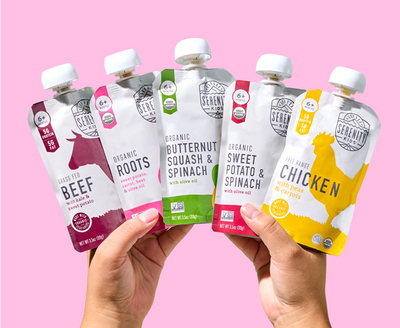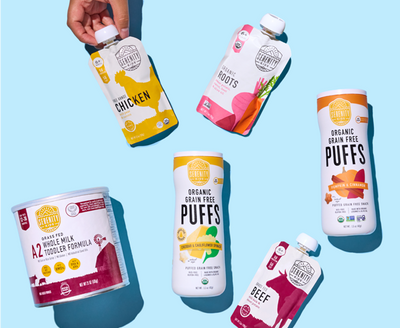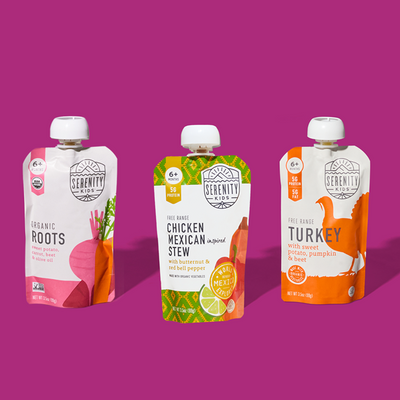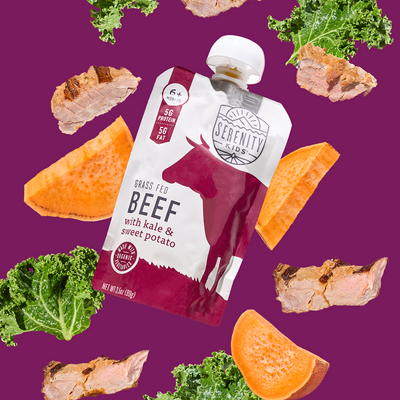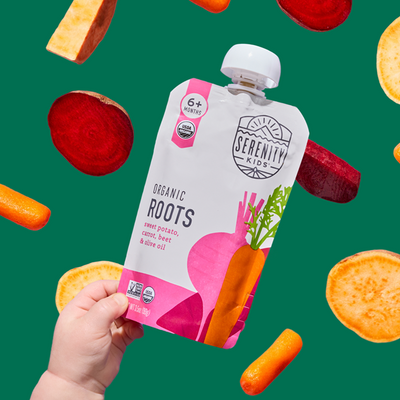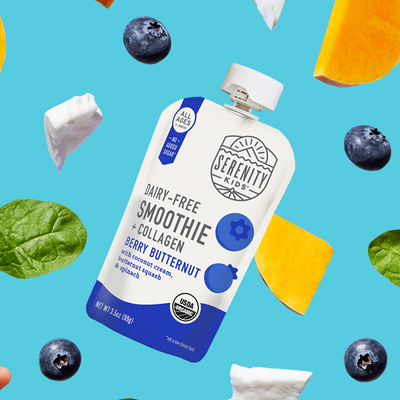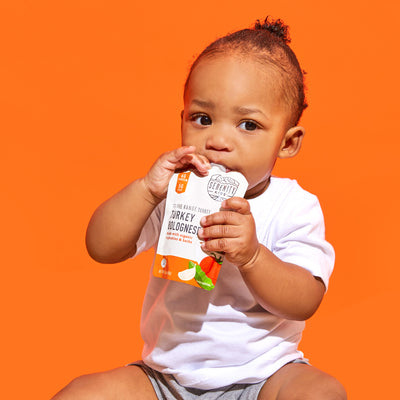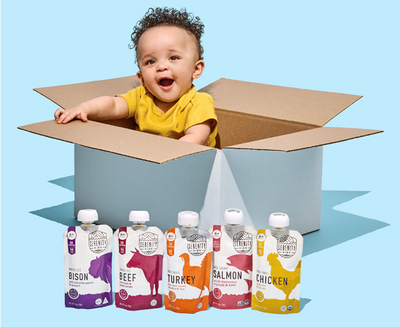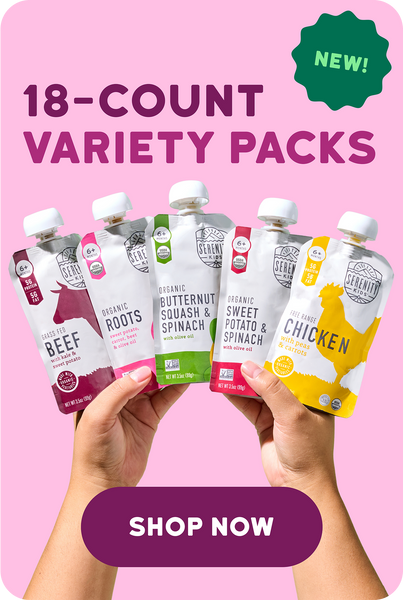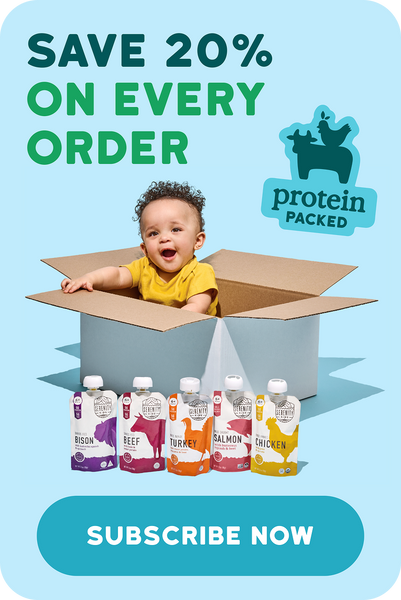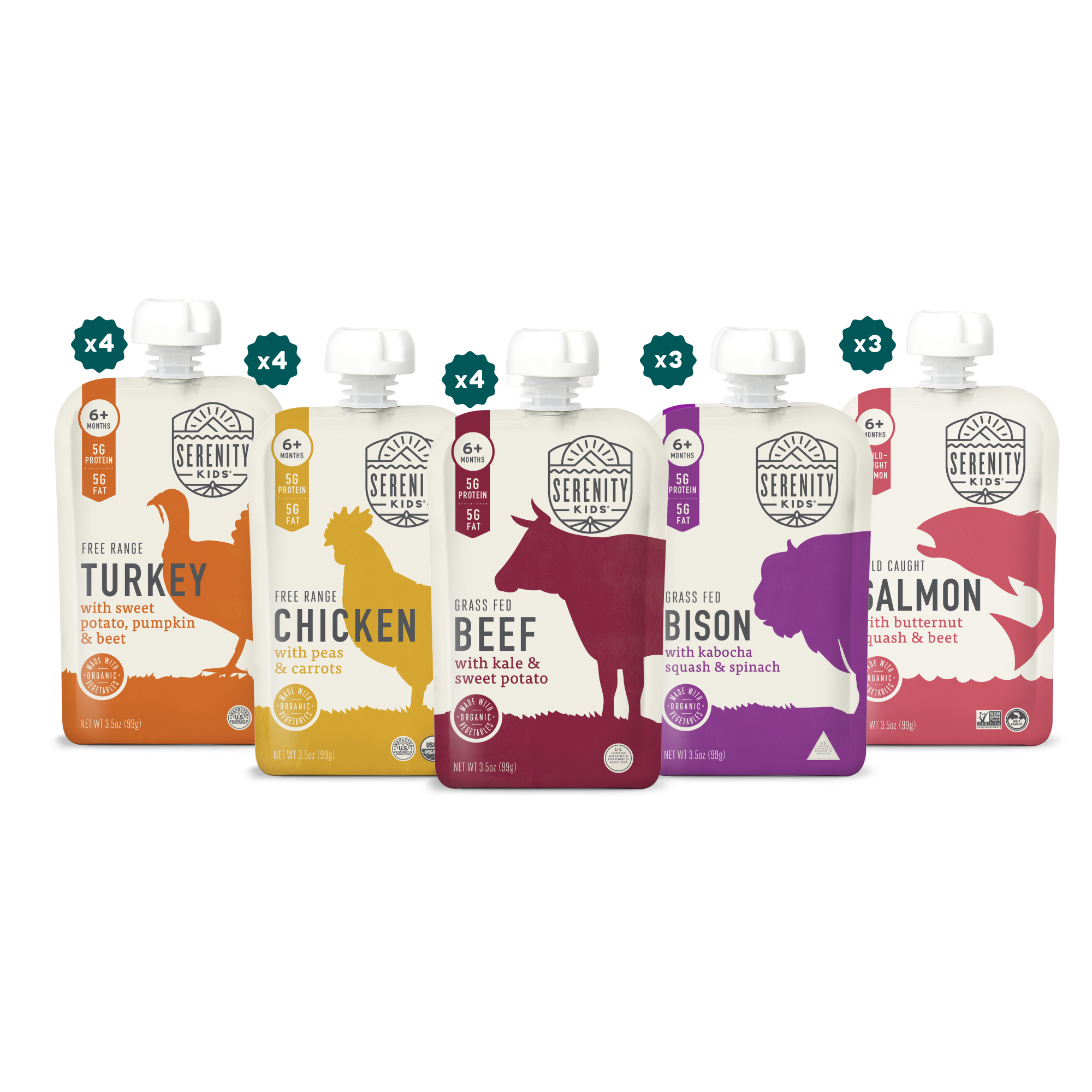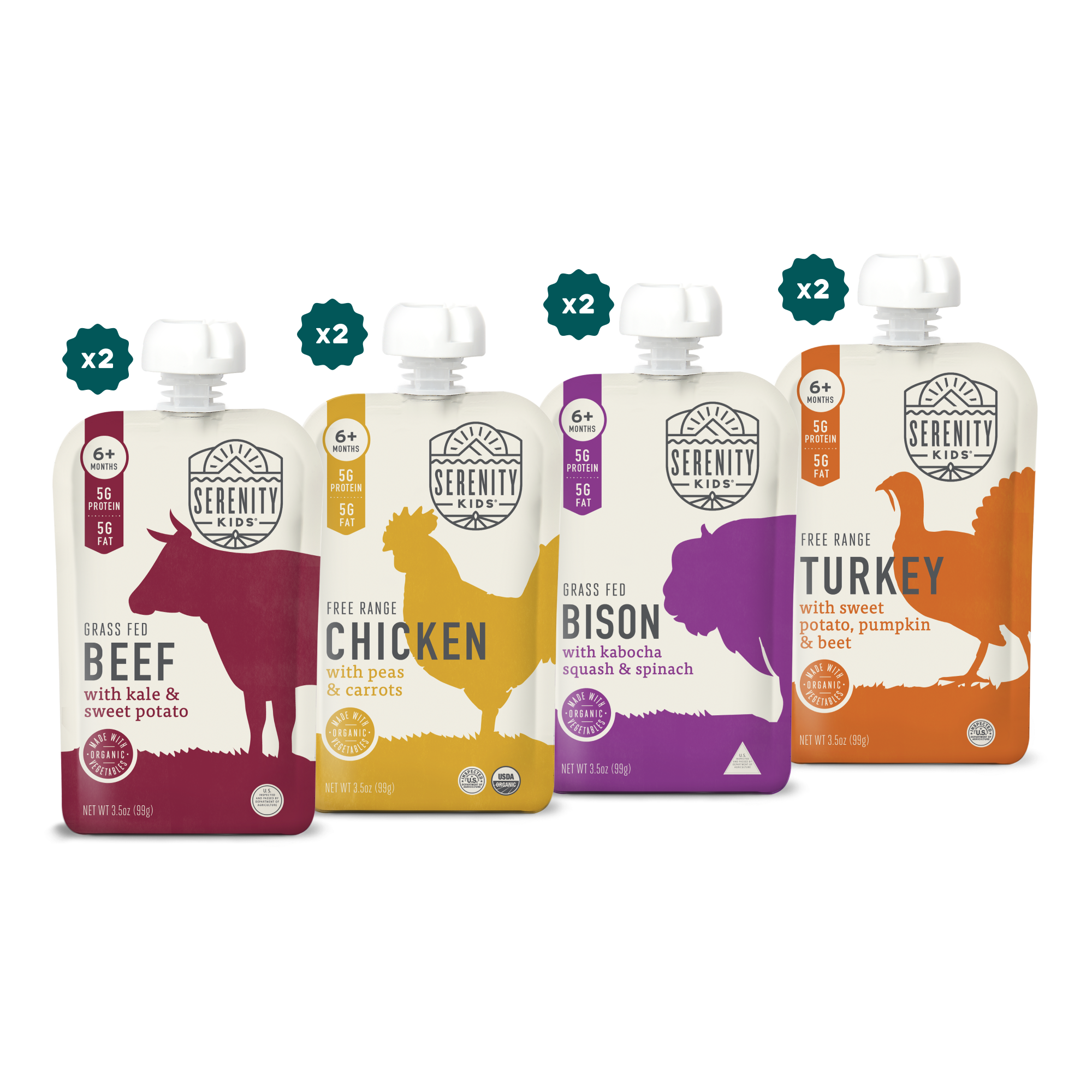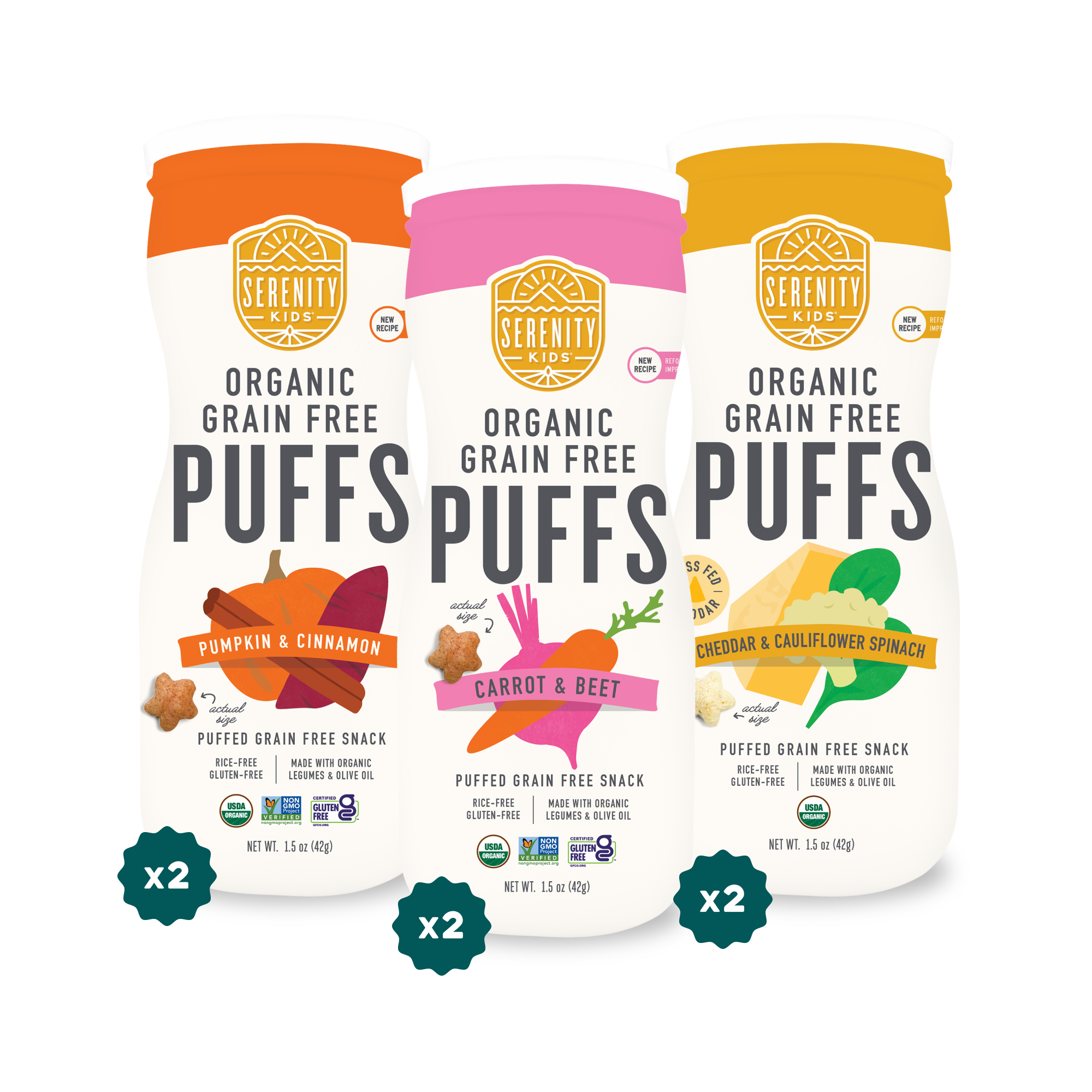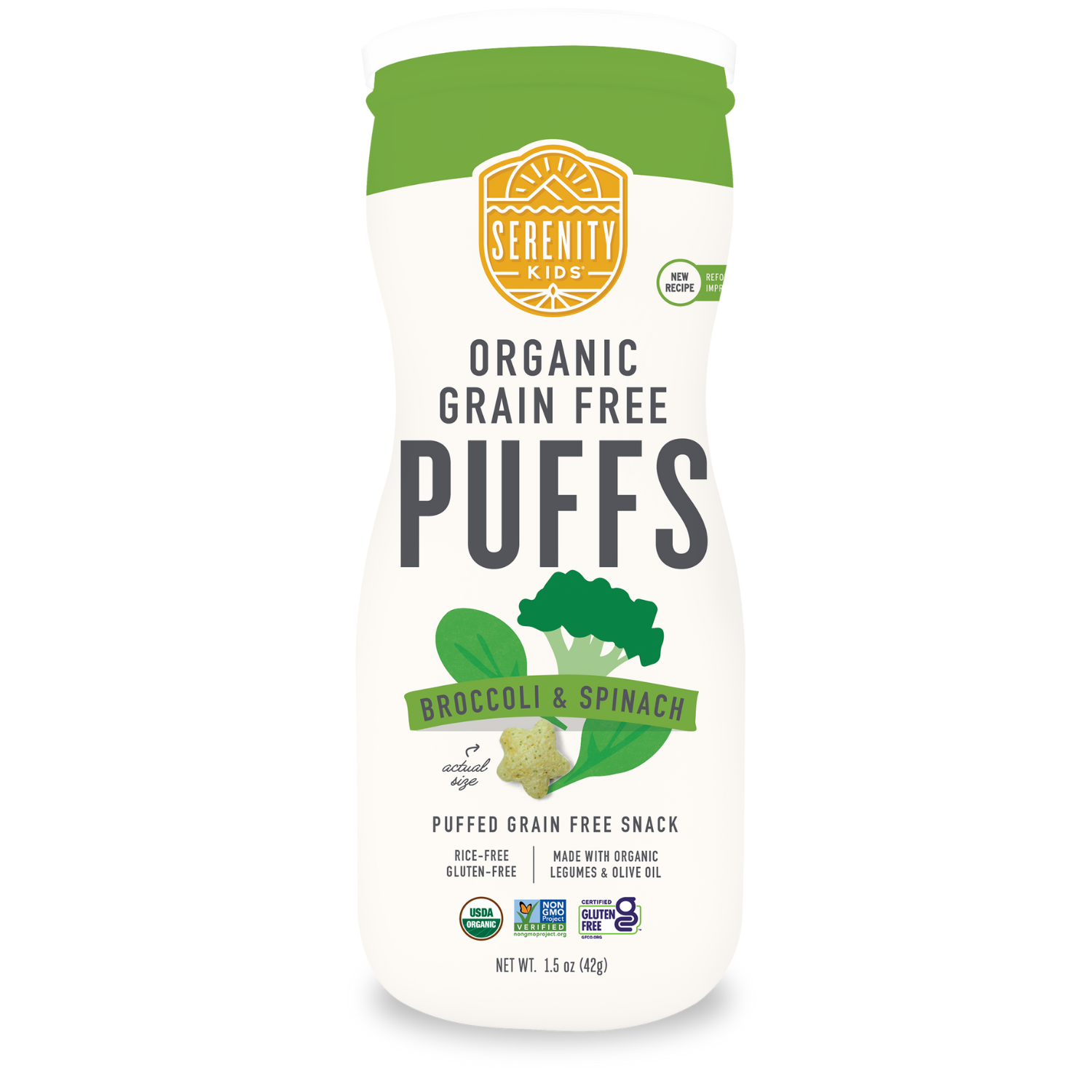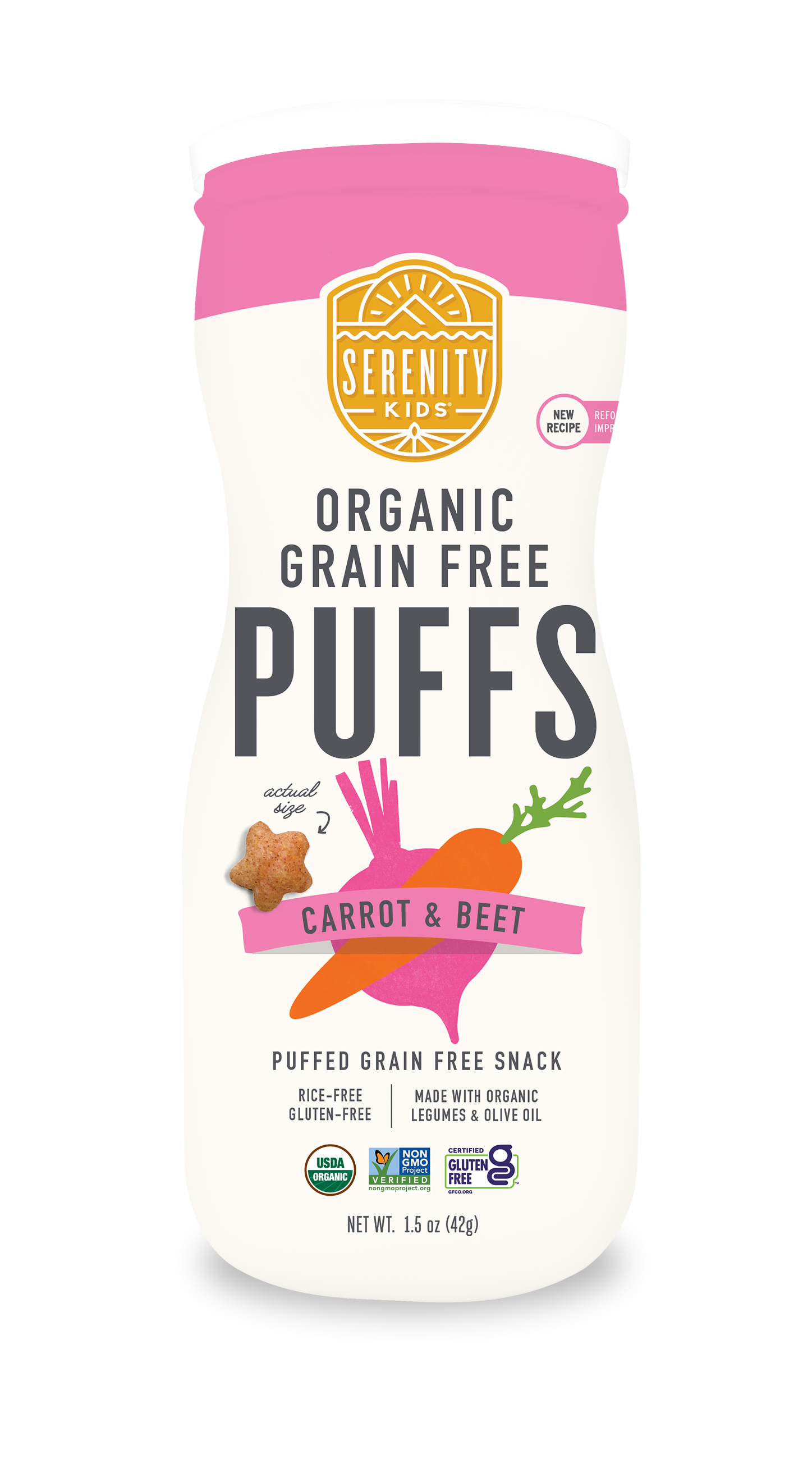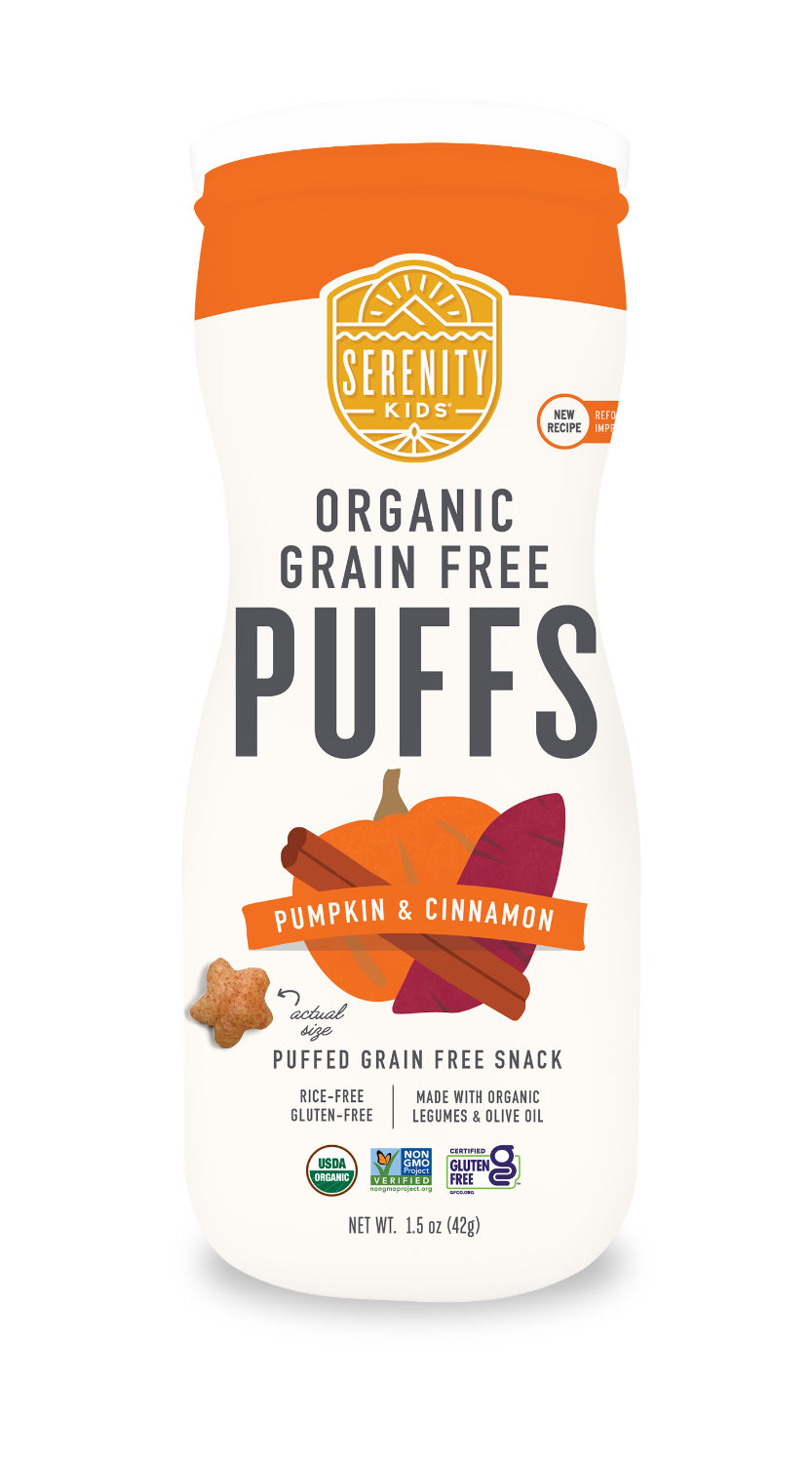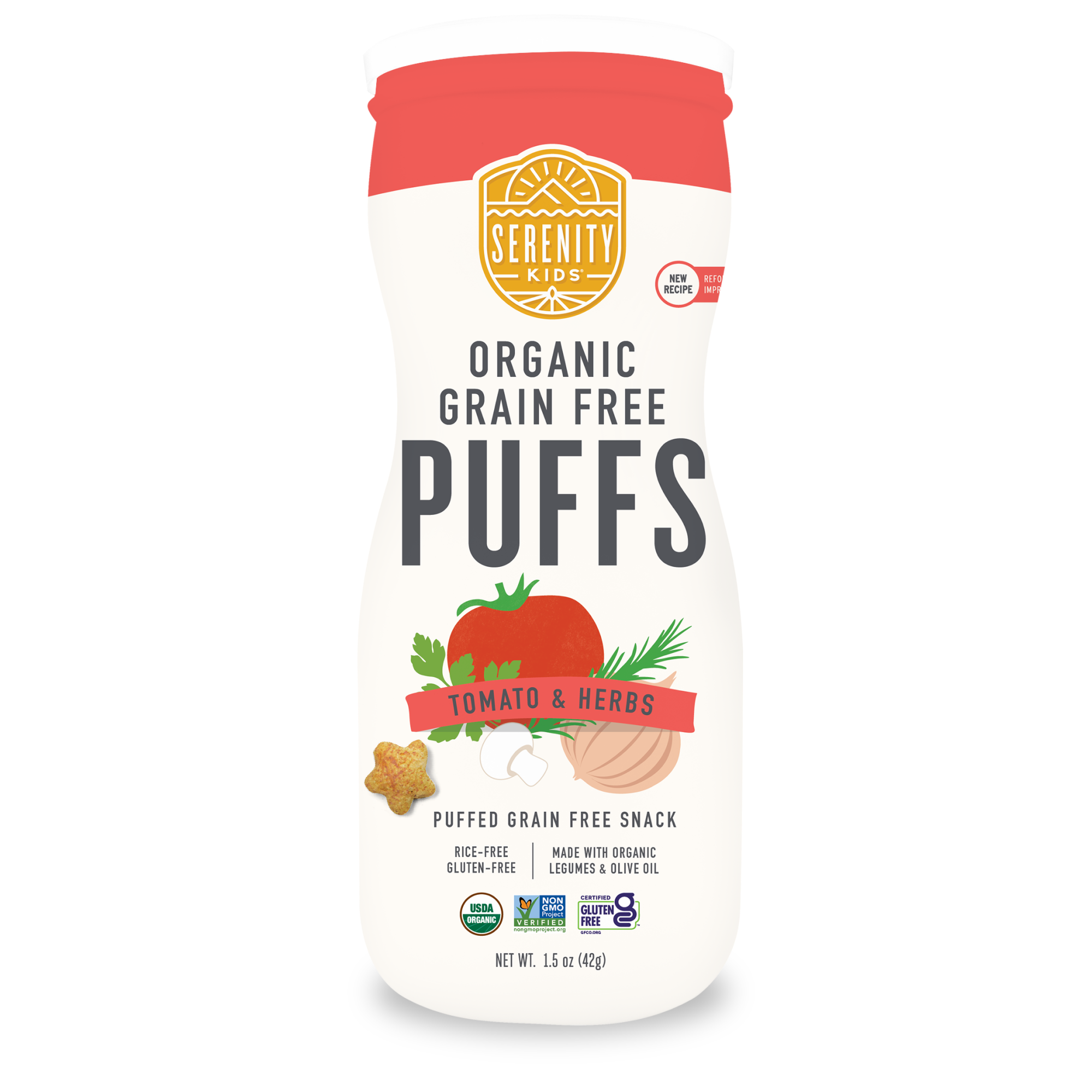Welcome to the Incredible Journey of Breastfeeding!
Congratulations, mama! You've just welcomed a tiny miracle into the world, and your heart is probably overflowing with the desire to nurture them. Breastfeeding, that skin-to-skin contact and connection, feels like the most natural way to answer that call. But who knew how exhausting it would be? You're not alone - here's an informative blog post answering the question Does Breastfeeding Make You Tired?
We all know breast milk is liquid gold for your nursing baby, packed with so many nutrients they need to thrive. But let's be honest, breastfeeding can feel daunting, right? How to improve the baby's latch, milk supply worries, and the sheer newness of it all – it's enough to make any new mama feel overwhelmed.
But here's the good news: This journey doesn't have to be stressful! This comprehensive guide will be your roadmap to navigate the wonderful world of breastfeeding. We'll cover everything from those first feeds to establishing a rhythm, tackling common challenges, and even incorporating pumping and navigating situations like travel.
Most importantly, we want to empower you. With knowledge and confidence, you can make informed choices about breastfeeding that respect your unique journey and your baby's needs. We'll be here every step of the way, cheering you on alongside your amazing partner – your biggest supporter in this incredible adventure.
We'll delve into the early days, navigating those first feeds and establishing a rhythm. We'll discuss common challenges and offer solutions to help you overcome any hurdles. As your baby grows, we'll explore incorporating solids, pumping, and navigating different situations like travel.
Ultimately, we want to give new mothers the knowledge and confidence to make informed choices about breastfeeding, respecting your unique journey and your baby's needs.
So, take a deep breath, mama, and dive into Breastfeeding 101!
Not All Journeys Look the Same

Breast milk is a nutritional powerhouse, packed with antibodies that fight off infections and illness, giving your baby a healthy start in life. It also fosters a deep emotional bond between you and your child through skin-to-skin contact and can reduce the risk of sudden infant death syndrome. However, sometimes circumstances may lead you to choose a different feeding path. At Serenity Kids, we believe in a "fed-is-best" philosophy. We understand that every family's situation is different, and we're here to support you no matter your decision. That's why we offer a line of organic baby food and toddler formula powder, providing gentle and nourishing options for older babies who are not breastfed or require supplementation.
Remember, some moms may not be able to breastfeed due to various medical reasons or personal circumstances. There is absolutely no shame or guilt in this! Explore alternative feeding options with your healthcare provider, such as baby formula or donor milk from a reputable breast milk bank or donor.
Here at Serenity Kids, we understand that breastfeeding journeys can take many paths. You can read a powerful blog post by Serenity on our website describing her breastfeeding challenges and how she found incredible support through breast milk donation.
So, mama, take a deep breath, grab your breastfeeding pillow and embrace the wonder of this moment. You are capable, strong, and perfectly equipped to nourish your little one. This blog post is here to walk alongside you, offering information, support, and encouragement as you embark on this incredible adventure of breastfeeding.
The Early Days of Breastfeeding
Colostrum: The Golden First Milk:
In the first few days after birth, your body produces colostrum, a thick, yellowish substance often referred to as "liquid gold." Colostrum is packed with essential nutrients, antibodies, and immune-boosting properties that protect your newborn from infections and illnesses. It's nature's perfect first meal, priming your baby's digestive system and setting the stage for healthy growth.
Recognizing Hunger Cues:

Newborns don't come with instruction manuals for new moms, but they do have built-in hunger cues! Look for these signs to know when your baby is ready to feed:
- Rooting: This reflex involves your baby turning their head towards your touch and searching for your breast.
- Sucking Reflex: When you touch your baby's cheek or lips, they'll instinctively start sucking.
- Fussiness and Crying: While crying can indicate other needs like a diaper change, it can also be a late hunger cue.
Feeding on Demand:
In the early days, frequent feeding is crucial for establishing your milk supply. Let your baby guide you – feed on demand, whenever they show hunger cues. This frequent suckling stimulates milk production, ensuring your little one gets the colostrum and breast milk they need to thrive.
Support and Positioning:

- Support your baby's head and neck. Bring them close to you, with their tummy facing yours.
- Find a comfortable hold: There are several breastfeeding holds that can offer comfort and support. Experiment with different options to see what works best for you and your baby. Here are a few common holds:
Cradle Hold: This is a popular and versatile hold. Sit comfortably with good back support. Cradle your baby's head in your arm, with their body close to yours. Their tummy should be facing yours, and their nose near your nipple.
Football Hold: This hold can be helpful for newborns with latching difficulties or mothers who have undergone a C-section. Tuck your baby under your arm like a football, with their head supported by your hand. Their mouth should be level with your nipple.
Cross-Cradle Hold: This is a variation of the cradle hold, where you support your baby's head with your opposite hand, giving you more control over positioning.
Latching:
- Tickle their lips with your nipple. This will trigger the rooting reflex and encourage them to open wide.
- Wait for a big mouth opening. Aim for your baby to latch onto a large portion of your breast, not just the nipple. Their chin should be resting on your breast, and their lips should be flanged outward.
- Pay attention to comfort. If your nipples feel sore or pinched, adjust your baby's position and latch until it feels comfortable.
By incorporating these tips and experimenting with different holds, you can find a comfortable and effective way to breastfeed your baby.
Milk Supply:
- Frequent Feeding: As mentioned earlier, frequent feeding is key to establishing and maintaining a healthy milk supply. The more your baby suckles, the more milk your body will produce.
- Proper Latch: A good latch ensures efficient milk removal, which signals your body to produce more milk.
- Hydration: Staying well-hydrated is crucial for milk production. Aim for eight to ten glasses of water per day, or more if you're feeling thirsty.
- Healthy Diet: While there's no magic "superfood" to guarantee milk supply, a balanced diet rich in fruits, vegetables, whole grains, and lean protein provides your body with the nutrients it needs to produce breast milk. Want more great info about nutrition? Here's our blog post on Nourishing the Breastfeeding Mom. Don't hesitate to talk to your doctor about any dietary concerns or if you need a referral to a registered dietitian.
- Galactagogues (with caution): Galactagogues are herbs or foods believed to promote milk production. However, some may not be suitable for everyone. Consult your healthcare provider before trying any galactagogues, especially if you have any underlying health conditions.
Common Challenges and Solutions

Sore Nipples:
Soreness is common, especially in the first few days of breastfeeding. Here's how to find relief:
Proper Latch:
Ensure your baby latches deeply, not just on your nipple. A good latch minimizes friction and discomfort.
Air Drying:
After each feeding, let your nipples air dry completely. The air will help soothe any soreness.
Nipple Cream:
Apply a small amount of nipple cream that is safe for breastfeeding to soothe and protect your nipples.
Engorgement:
In the first few days after your milk comes in, your breasts may feel full, hard, and uncomfortable. This is known as engorgement. Here are some tips to manage it:
- Frequent Feeding: Offer your baby the breast often to remove milk and prevent further engorgement.
- Warm Compress: Apply a warm compress to your breasts before feeding to help with milk flow.
- Expressing Milk: Expressing a small amount of milk by hand or pump can help relieve discomfort, especially before feeding to soften the breast for a better latch.
Mastitis:
Mastitis is an inflammation of the breast tissue, often accompanied by fever, chills, and redness. If you experience these symptoms, contact your healthcare provider immediately. Early treatment is crucial to prevent complications.
Breastfeeding Throughout the Journey
- Growth Spurts: Babies go through growth spurts, periods where they seem hungrier than usual. This is completely normal! Your milk supply will adjust to meet their increased needs. Keep feeding your baby on demand and trust your body to produce enough milk.
- Combining Breastfeeding and Pumping: Whether for creating a stash of breast milk for returning to work, incorporating pumping into your routine can be helpful. Here are some tips:
- Choose the Right Pump: There are various breast pumps available, manual and electric. Consult a lactation consultant for guidance on choosing the best pump for your needs.
- Double Pumping: Double pumping, expressing milk from both breasts simultaneously, can save time and potentially increase milk production.
- Storing Expressed Milk: Expressed breast milk can be stored safely in the refrigerator for up to 3 days or frozen for up to 6 months. Here's a great blog on Breastfeeding vs. Pumping for more information.
- Introducing Solids: Around 6 months of age, most babies are developmentally ready for solid foods. Breastfeeding can continue alongside solids for as long as both mom and baby desire. The American Academy of Pediatrics recommends breastfeeding exclusively for the first 6 months of life, followed by continued breastfeeding with the introduction of complementary foods.
- Travel and Breastfeeding: Traveling with a breastfeeding baby doesn't have to be stressful. Pack essentials like nursing pads, breastfeeding covers, and a comfortable nursing pillow. Here's our super helpful blog post on the Best Bottles for Breastfed Babies. Research lactation rooms or quiet spaces at airports and rest stops where you can nurse your baby. Remember, the TSA allows you to bring breast milk through security in unlimited quantities.
- Weaning: Every breastfeeding journey comes to an end at some point. Weaning should be a gradual and gentle process for both mom and baby. There's no one-size-fits-all approach, so discuss weaning strategies with your doctor or a lactation consultant. They can help you create a personalized plan that feels comfortable for you and your little one.
Additional Resources and Support
The Importance of Support: Having a strong support system is crucial during the breastfeeding journey. Here are some resources that can help:
Support System:

Having a strong support system is crucial during the nursing adventure. Here are some resources that can help, along with our blog post on Lactation Support:
- Lactation Specialist: A lactation specialist is a certified healthcare professional who specializes in breastfeeding support. They can help with latching techniques, troubleshooting challenges, and creating a personalized breastfeeding plan.
- Breastfeeding Support Groups: Connecting with other nursing moms who are breastfeeding can be incredibly encouraging and informative. Support groups provide a safe space to share experiences, ask questions, and gain valuable insights from other mothers.
- Online Resources: Numerous reputable websites and online communities offer evidence-based information and support for breastfeeding moms. Look for resources from organizations like La Leche League International (LLLI) or the National Institutes of Health (NIH).
- Donor Milk: Not all moms are able to breastfeed due to various medical reasons or personal circumstances. There is absolutely no shame or guilt in this! If breastfeeding doesn't work out as planned, explore alternative feeding options with your healthcare provider, like formula or donor milk from a reputable breast milk bank or donor. Donor milk banks (like Mother's Milk Bank) screen and pasteurize milk from qualified donors, ensuring a safe and healthy alternative for babies who cannot receive breast milk directly from their mothers.
- Serenity Kids – We're Here for You:
- Informative Resources: Serenity Kids offers a wealth of resources on our website, from informative articles to helpful videos, we strive to provide moms and dads with the knowledge and support they need throughout their parenting journey.
- Dedicated Team: Our team at Serenity Kids is dedicated to supporting moms. We understand the challenges and joys of breastfeeding, and we're here to offer encouragement and informative resources every step of the way.
- High-Quality Products: Serenity Kids offers a range of nutrient-dense baby food, and if your little one is over 1 year, A2 whole milk toddler formula. These gentle and nutritious options provide excellent alternatives for babies and toddlers who are not breastfed or require supplementation. We are passionate about ensuring all babies receive the highest quality nutrition available.
Conclusion

Breastfeeding offers numerous benefits for both mothers and babies. It provides essential nutrients and antibodies for your little one, while fostering a deep bond of love and connection. Remember, the early days can be challenging, but with knowledge, support, and self-care, you can navigate this journey with confidence.
No matter what path you take, celebrate your success! You are strong, capable, and doing an amazing job nourishing your little one. Embrace the moments of closeness and connection, and trust your instincts as you meet your baby's needs. And remember, all of us at Serenity Kids are cheering you on!

